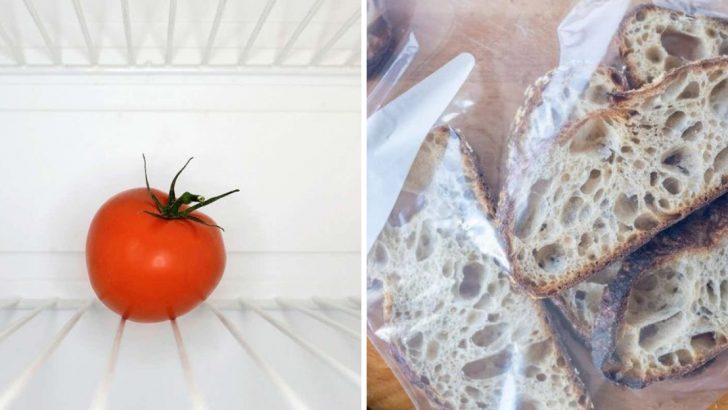Did you know your fridge might actually be sabotaging your attempts to keep food fresh? It’s a little-known fact that some foods actually spoil faster in the fridge!
This listicle unravels 17 unsuspecting food items that, contrary to popular belief, would much prefer a cozy spot on your counter or pantry.
Prepare to be surprised, amused, and maybe even a bit shocked as we dive into this culinary revelation.
1. Tomatoes
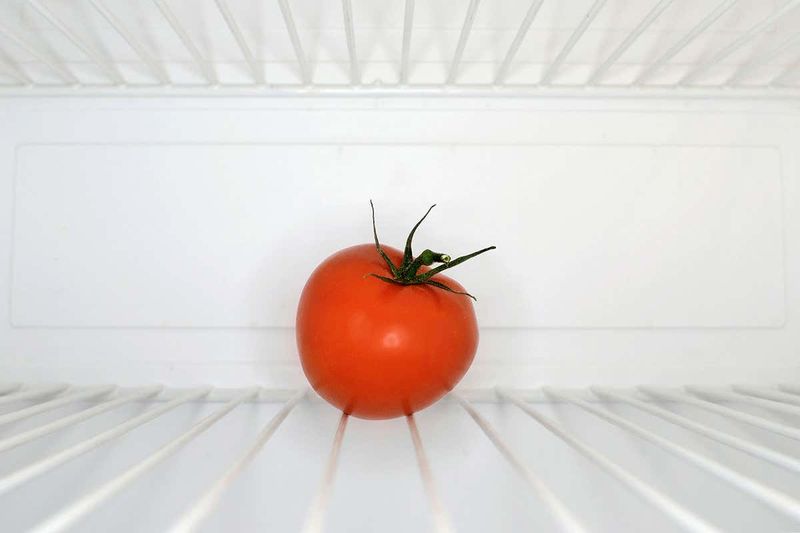
The fridge is a tomato’s worst nightmare! When these juicy gems sit in the chilly confines of your refrigerator, their texture morphs into something unrecognizable.
Ever bitten into a mealy tomato? Not pleasant. Your best bet is to let them bask in the warm glow of your kitchen counter.
2. Bread
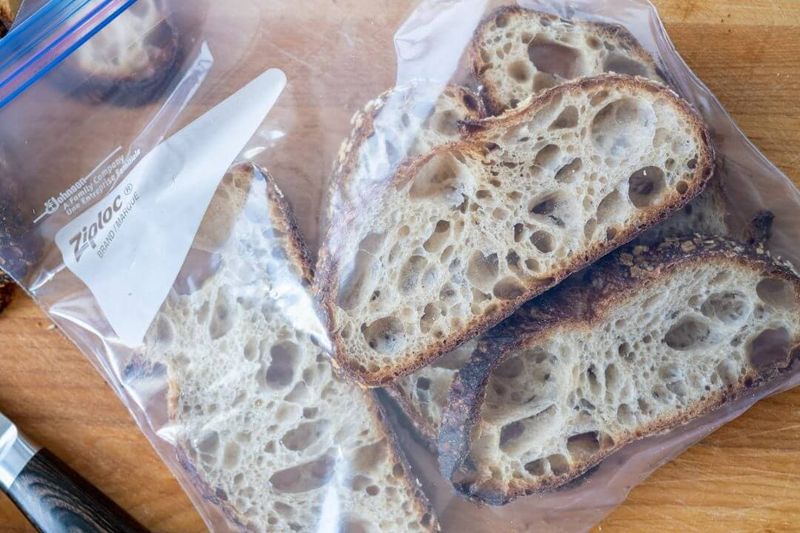
Contrary to popular belief, the fridge is not the bread’s best friend. The cold air sucks moisture out of bread quicker than you can say ‘sandwich,’ leaving you with a hard, chewy loaf.
Storing bread in the fridge accelerates staling through a process called retrogradation. Instead, keep it in a cool, dry place or freeze it if you plan to store it longer.
3. Bananas
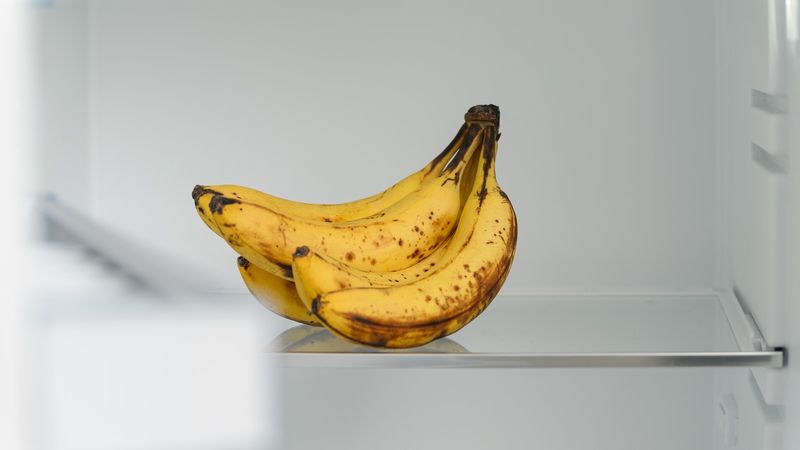
When refrigerated, their peels turn a sad, splotchy brown while the inside remains perfectly edible but less appealing. Keep bananas on your counter where they can ripen naturally.
Cold temperatures halt the ripening process, which can lead to a less flavorful fruit. And, did you know? The banana was once classified as a luxury item in Victorian England.
4. Avocados
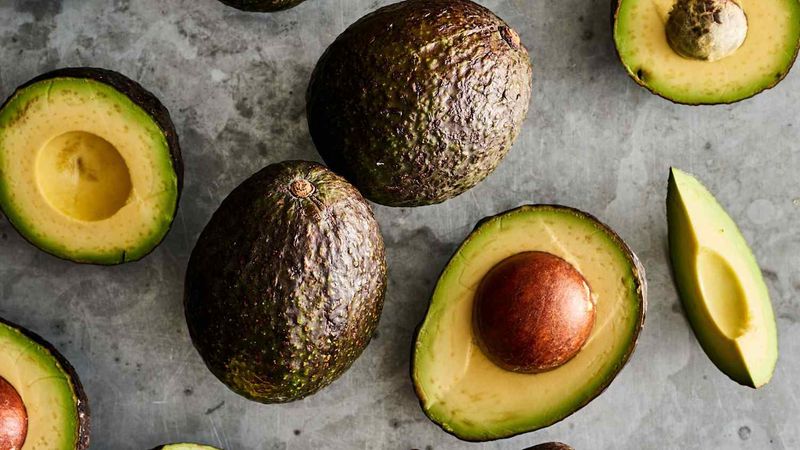
Avocados are the divas of the fruit world, demanding precise conditions to achieve that creamy perfection. Pop them in the fridge too early, and you’ll stunt their ripening process.
For avocados to mature into the buttery delight we all love, they need room temperature. Once ripe, refrigerate to extend freshness for a couple of days.
5. Potatoes
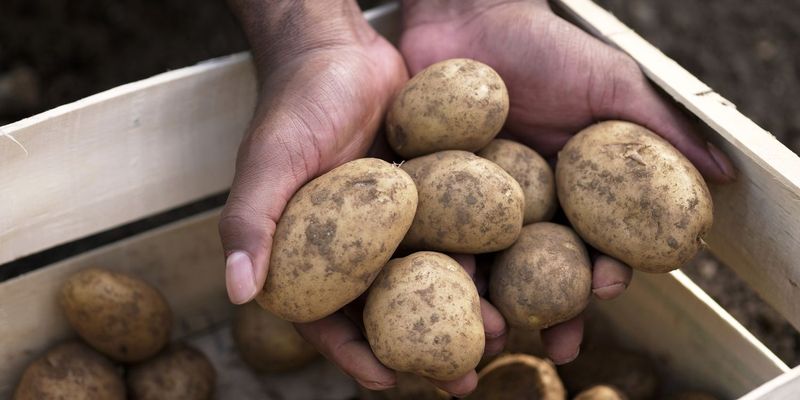
Potatoes are undercover sugar hoarders! When cold-stored, their starches convert to sugar, resulting in an unappealing sweet taste and gritty texture.
Stash your spuds in a cool, dark place, but never the fridge. This stops the sugar conversion and keeps them tasting like the humble, hearty potatoes they are.
6. Garlic
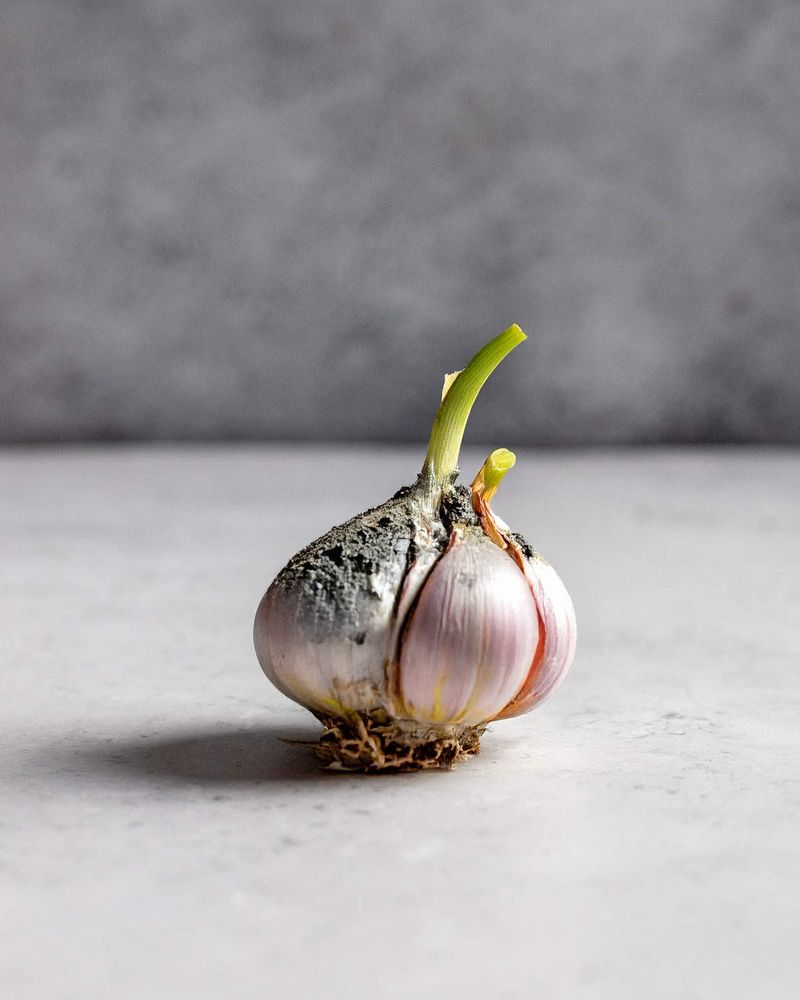
Nature’s pungent powerhouse loses its mojo in the fridge. Cold, humid conditions encourage mold growth, turning your garlic soft and unusable.
For garlic that stays robust, store it in a dry, dark spot with good ventilation. This keeps it fresh and potent, ready to ward off vampires or flavor your next dish.
7. Coffee
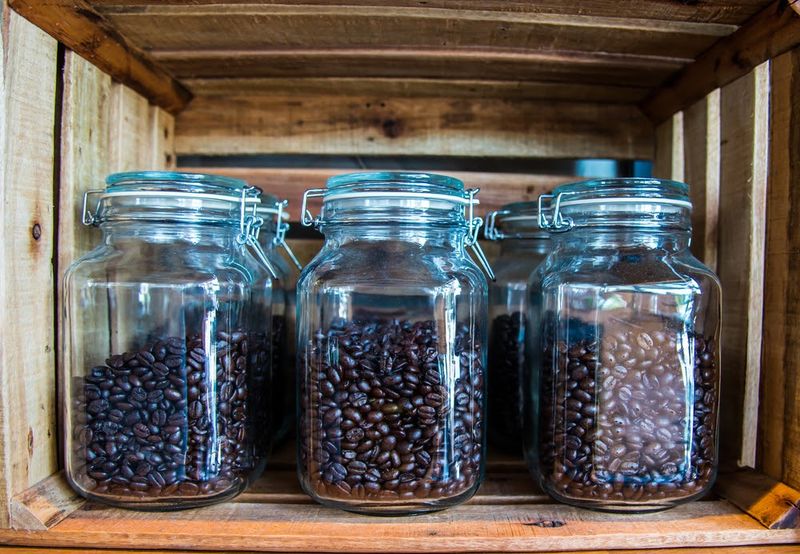
Refrigerating coffee is a crime against caffeine lovers! The cold and moisture in the fridge can cause your coffee’s rich flavors to fade and take on weird odors.
Coffee beans hail from the tropical zones of Africa, and it’s a truth universally acknowledged that they prefer a cozy spot. Your morning brew deserves the best.
8. Onions
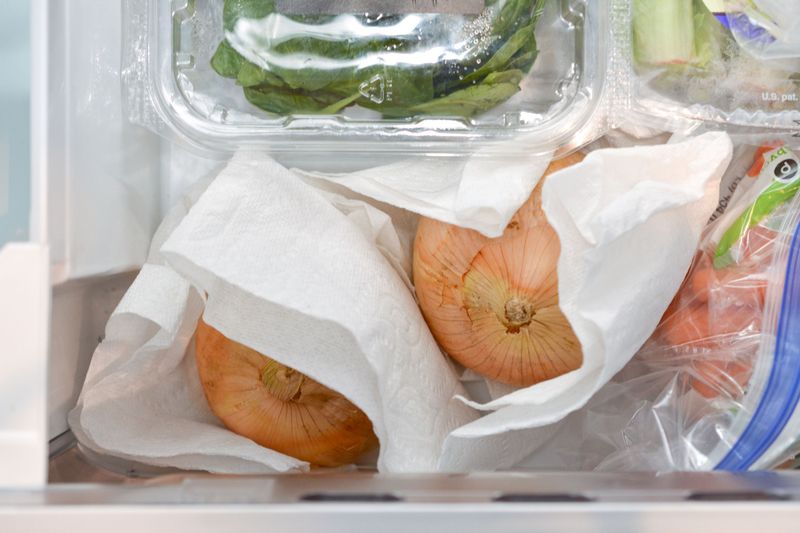
Onions and fridges? A recipe for disaster! Cold and damp conditions cause onions to spoil faster, often becoming mushy and moldy.
Store onions in a cool, dry place to keep them crisp and flavorful. Separate them from potatoes to prevent sprouting.
9. Apples
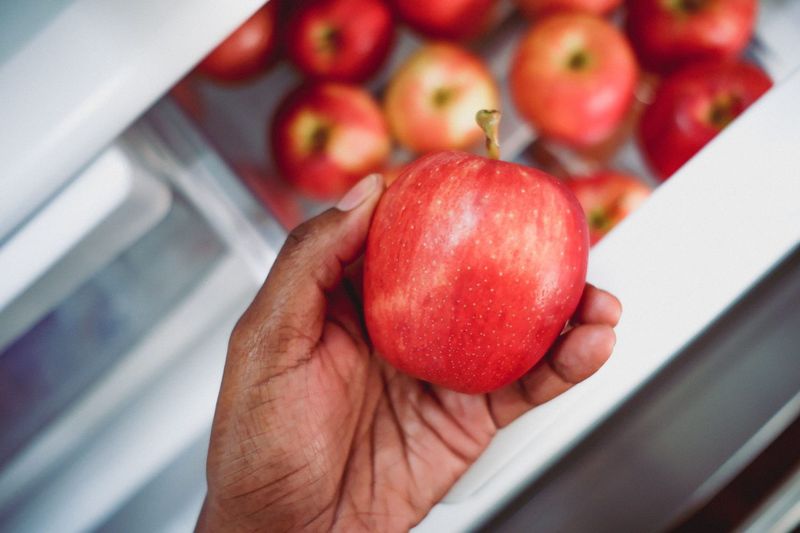
Did you know apples prefer room temperature? While they can survive the fridge, they thrive on the counter, maintaining flavor and crunch.
Refrigeration slows the ripening process, which might sound good but leads to moisture loss and textural changes over time. Keep them out for a short period to enjoy their natural sweetness.
10. Peanut Butter

Why chill peanut butter when it’s already perfection in a jar? Refrigeration hardens its texture, making it nearly impossible to spread without tearing your bread to shreds.
Store peanut butter at room temperature to keep it smooth and spreadable. The Aztecs were the pioneers of peanut butter, albeit a cruder version, mashing roasted peanuts into a paste.
11. Honey
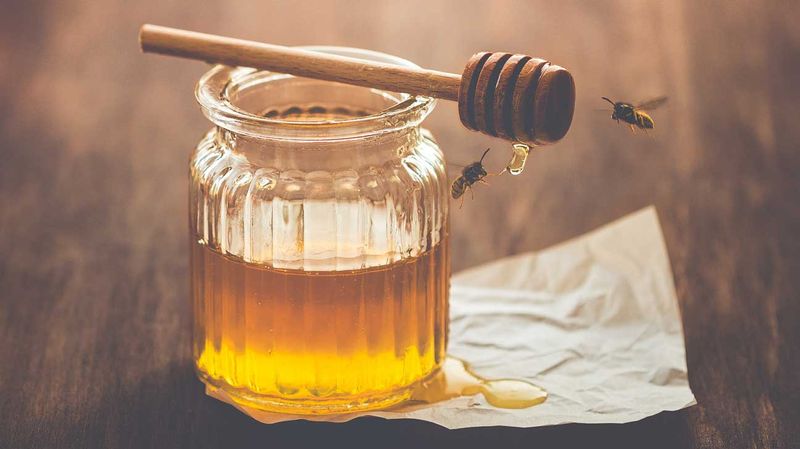
Honey, eternal and sweet, doesn’t need the chill of a fridge to stay fresh. In fact, refrigeration causes it to crystallize and thicken, making it difficult to pour or spread.
Keep honey in a sealed container at room temperature to preserve its natural viscosity. Archaeologists have found pots of honey in ancient Egyptian tombs that are over 3,000 years old yet still edible!
12. Hot Sauce
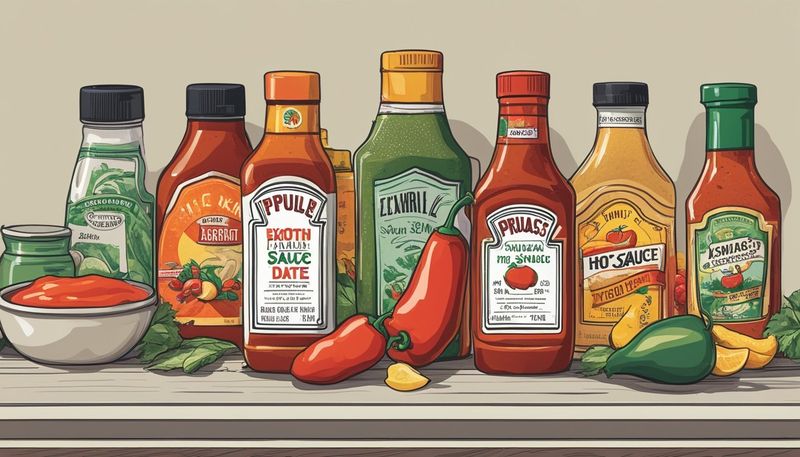
Hot sauce is the feisty rebel that stays fresh without the fridge! The high vinegar content preserves its fiery flavor, making refrigeration unnecessary.
Chilling it may dampen the heat and alter the consistency. Keep it atroom temperature to enjoy every drop of spice.
13. Melons
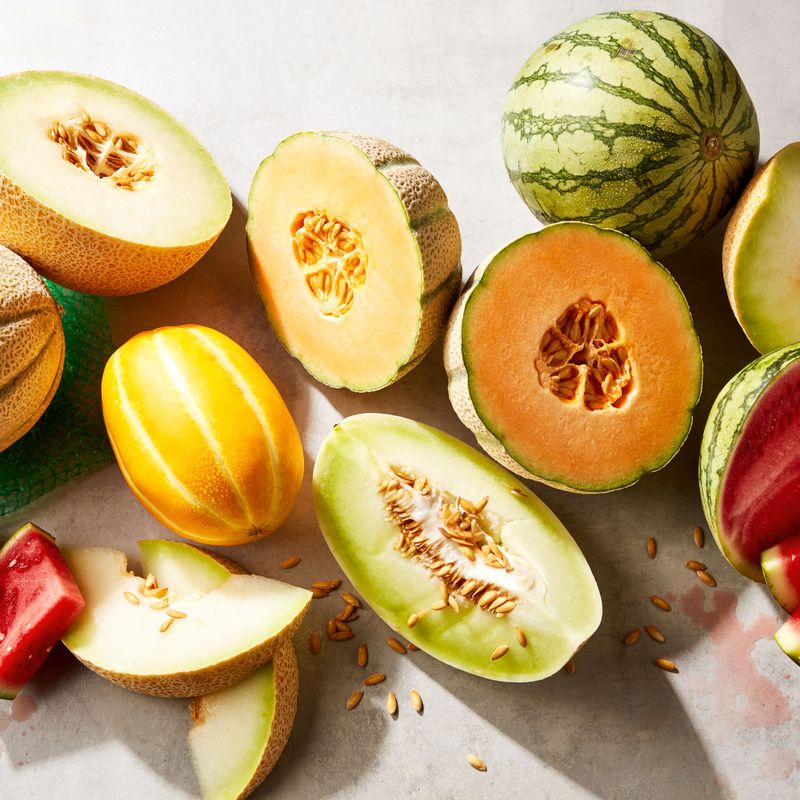
Whole melons shiver in the fridge, losing some of their sweet juiciness. Slice them only when you’re ready to eat, and store them at room temperature beforehand.
Refrigeration can cause texture changes and flavor loss. Let them soak up the warmth of your kitchen until you’re ready to devour.
14. Nuts
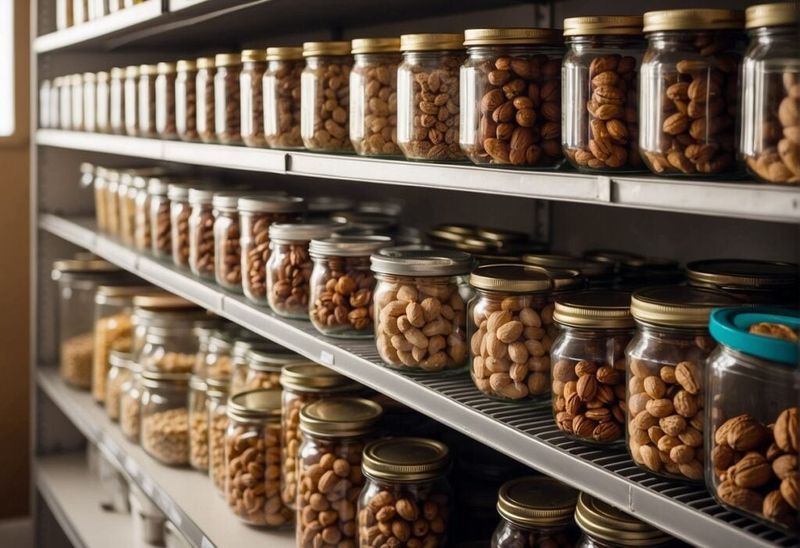
Think nuts are safe in the fridge? Think again. The cold can cause them to absorb unwanted odors, affecting taste. They also lose their crunch.
Store nuts in a cool, dry place or freeze them if keeping for extended periods. Air-tight containers are your best friend here.
15. Basil
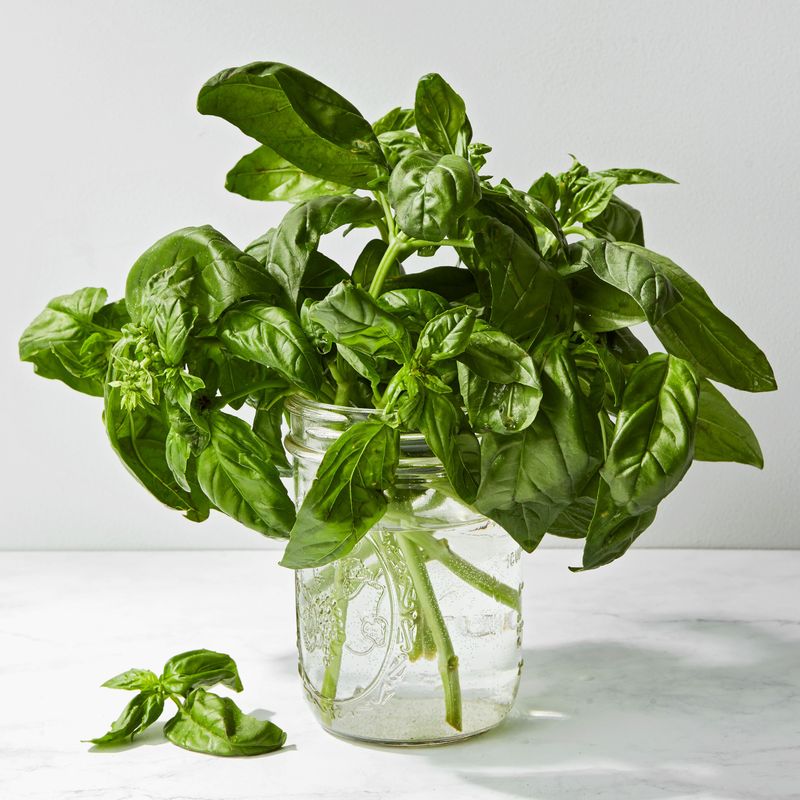
Basil detests the cold! Refrigeration causes wilting and discoloration faster than you can say ‘pesto.’
Keep basil fresh by treating it like flowers: stems in water, away from the cold. Let it soak up the sun’s warmth. Once revered by the Greeks as a royal herb, basil deserves more than a chilly shelf.
16. Olive Oil

Liquid gold doesn’t need a cold fortress. The refrigerator causes it to solidify and lose its subtle flavors.
Store olive oil in a dark, cool place, far from the fridge. This preserves its essence and makes drizzling it a breeze. Fun fact: Olive oil has been a Mediterranean staple for over 5,000 years.
17. Tropical Fruits
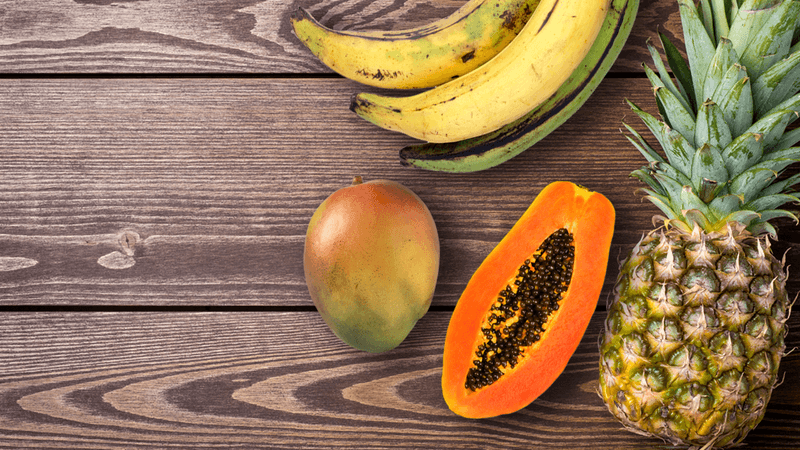
Tropical fruits hail from balmy climates, so the fridge isn’t their natural habitat. Cold air can sap their flavor and texture.
Let them ripen at room temperature, absorbing the surrounding warmth. Once ripe, refrigerate only to slow down over-ripening. They’re the life of the party, not refrigerator recluses!

